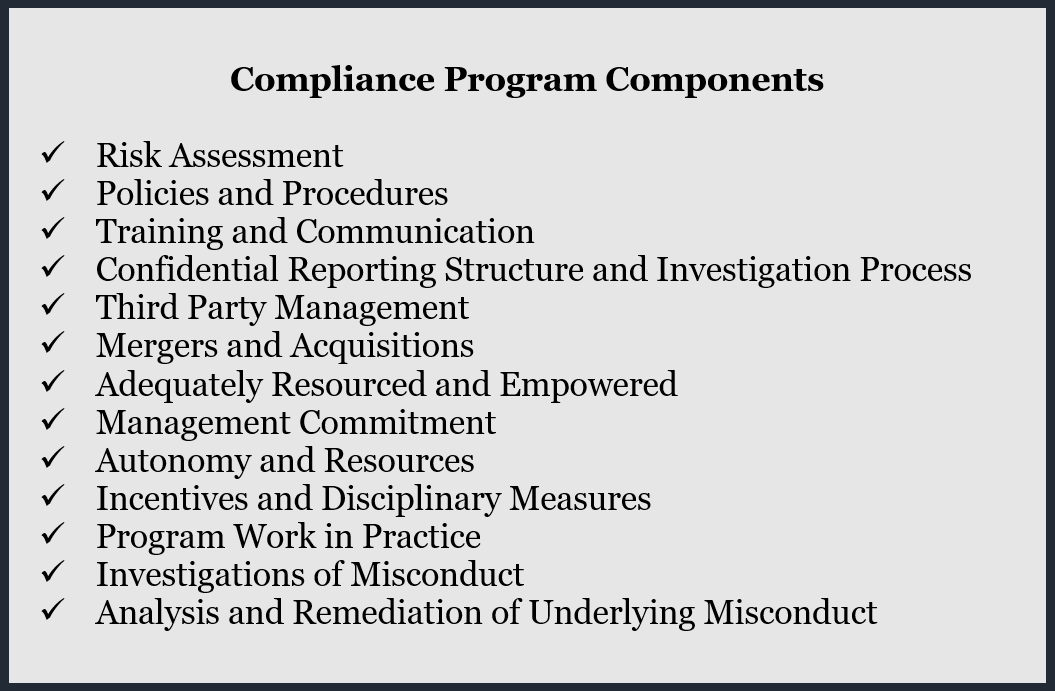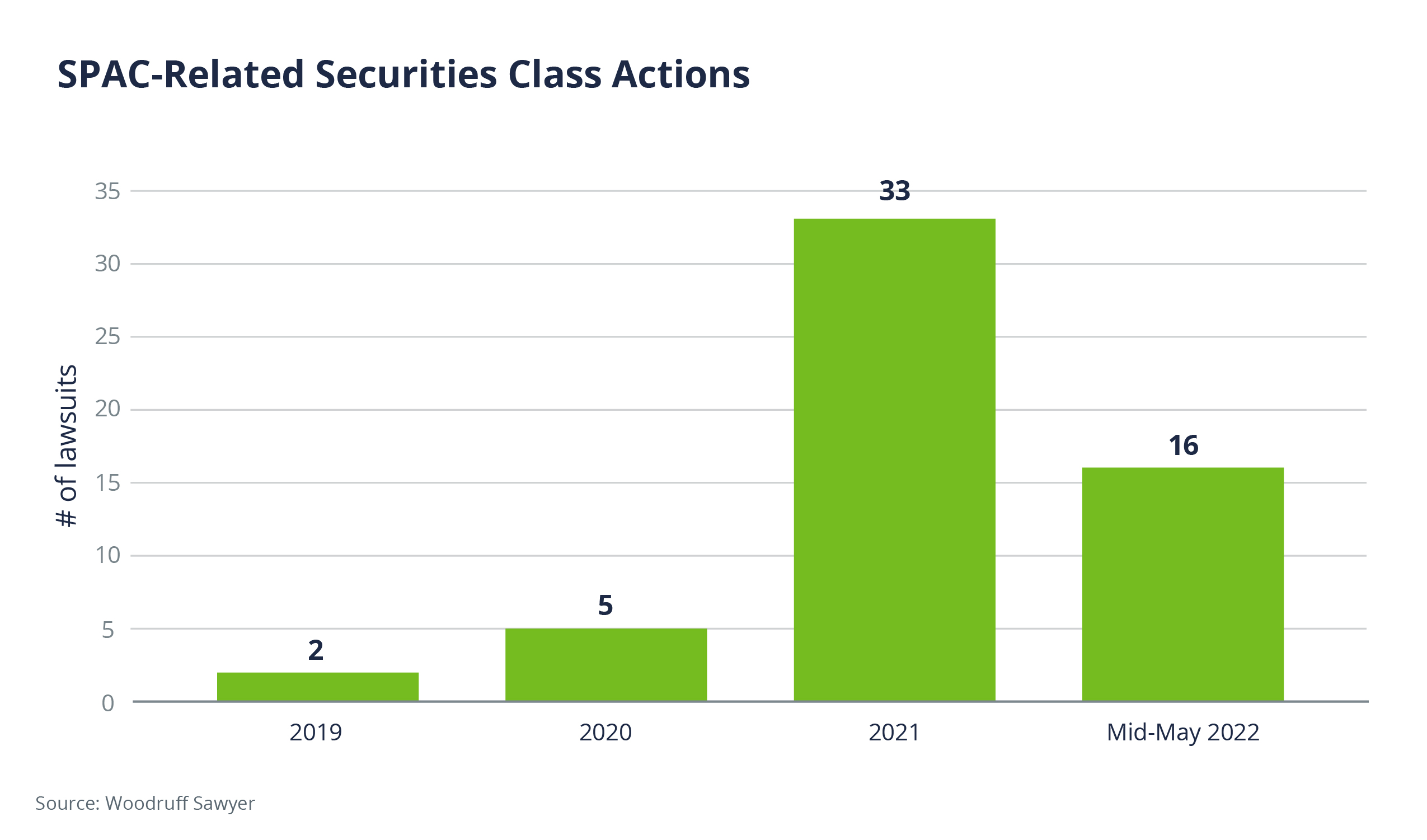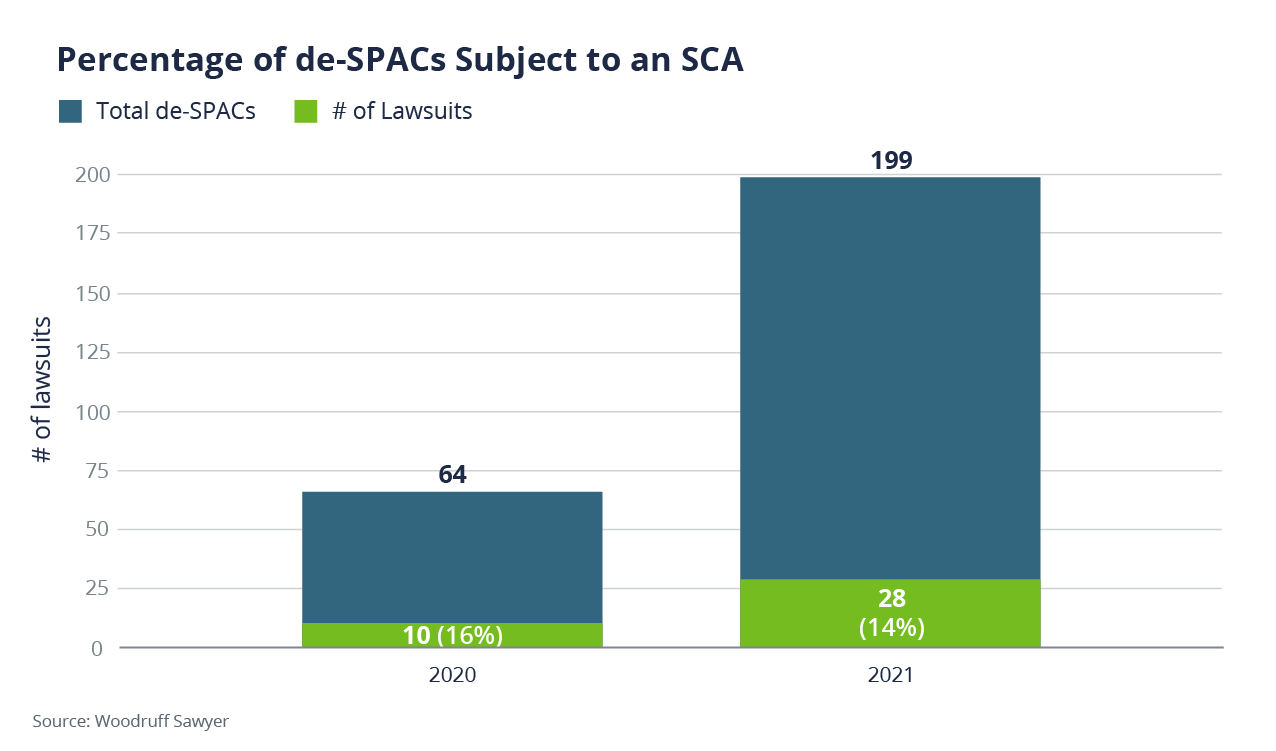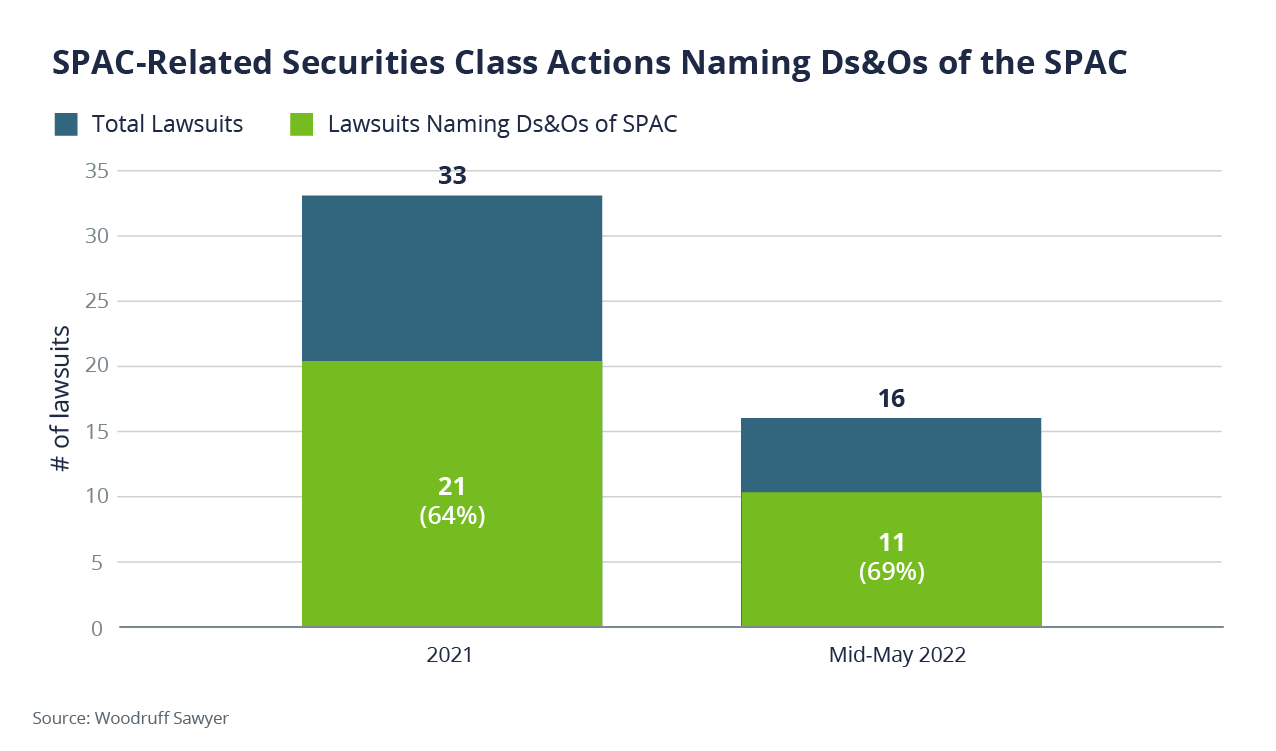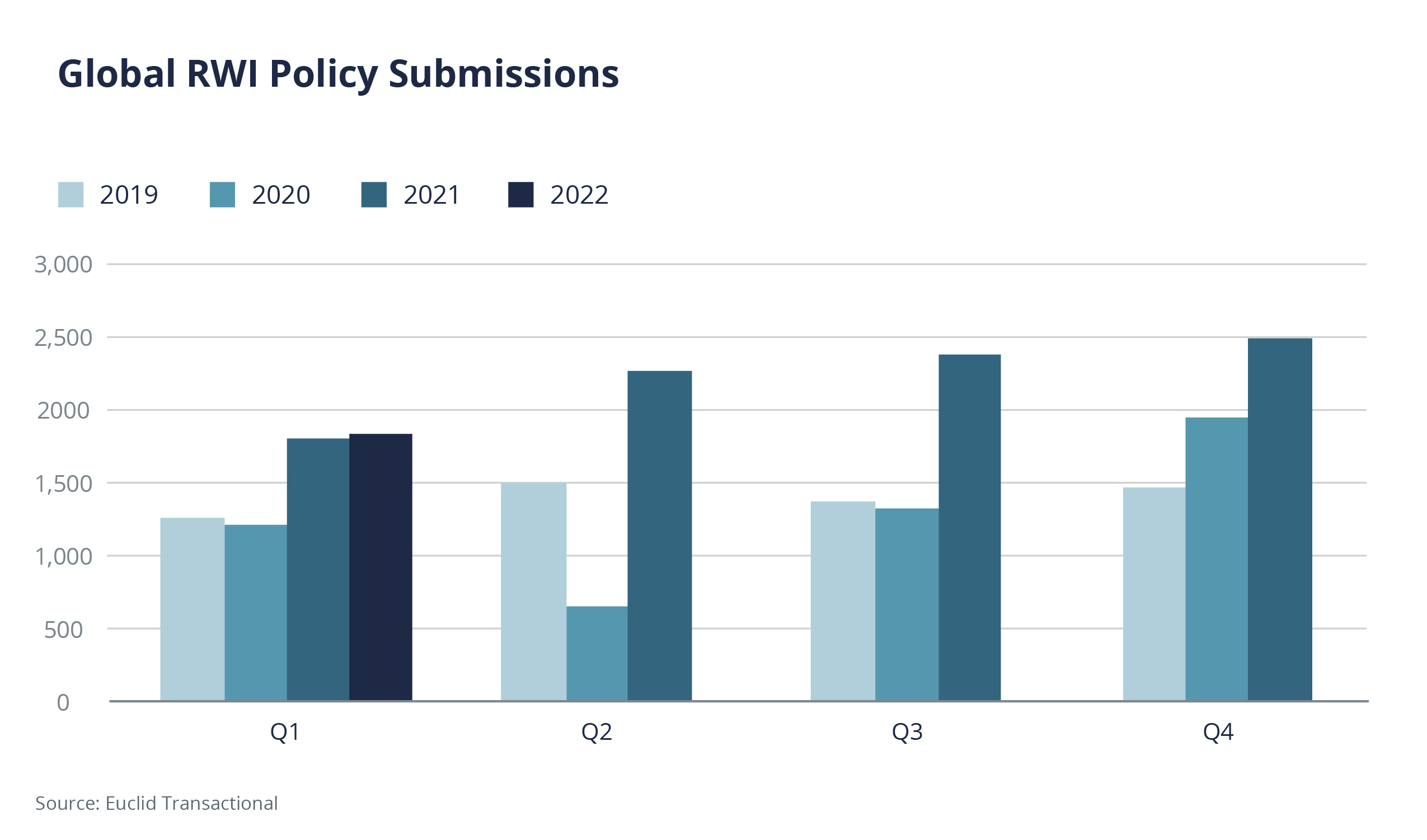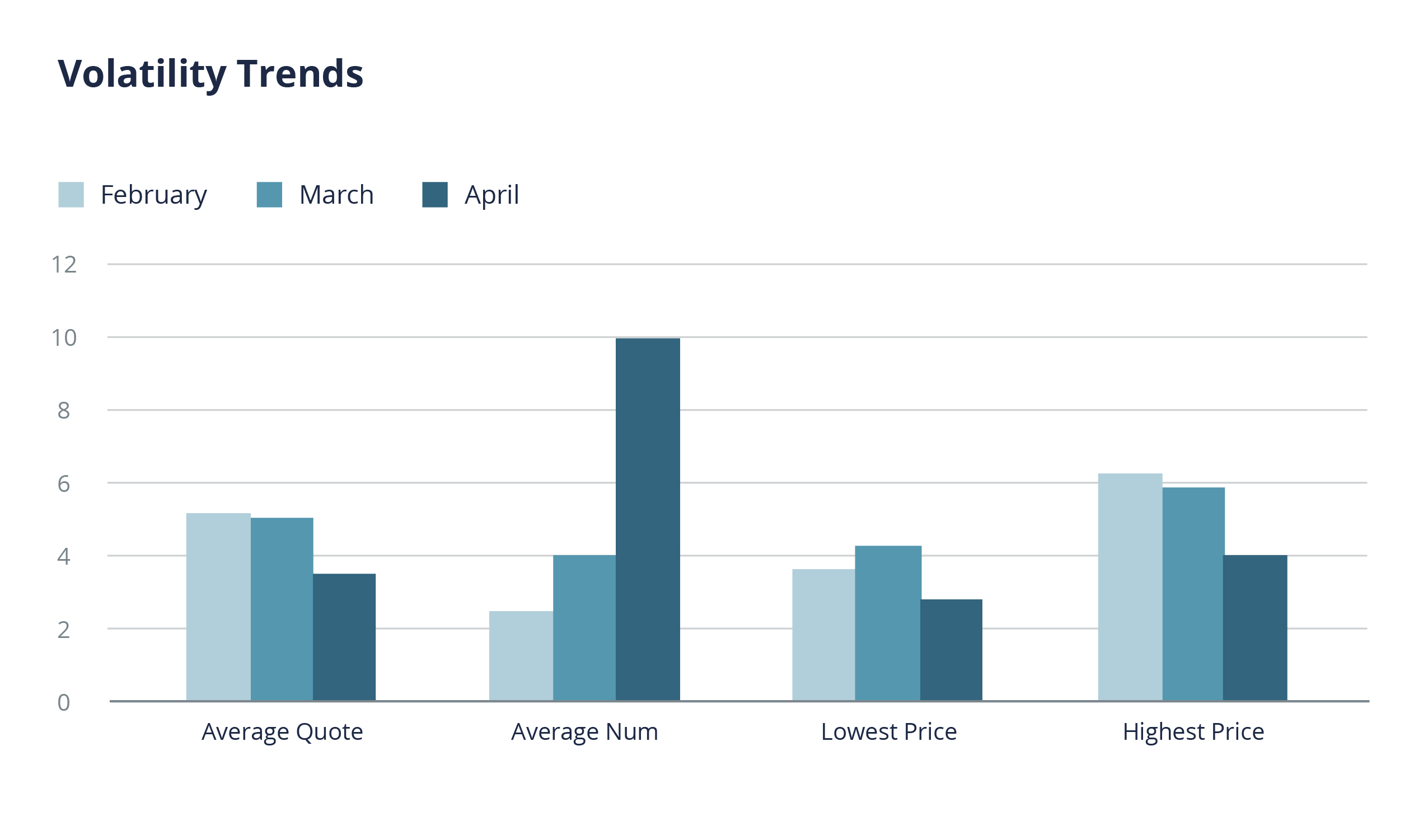
Companies must consider environmental, social and governance (“ESG”) factors in their mergers and acquisitions (“M&A”) transactions to achieve maximum value and monitor risks. ESG matters are becoming increasingly significant in M&A transactions as businesses are facing mounting scrutiny and pressure for transparency on climate risk, social justice, sustainability, and corporate governance.
To address ESG considerations in the context of an M&A transaction, buyers—including private equity funds and strategic acquirers—should conduct ESG-focused due diligence, allocate ESG risk in the transaction agreement, and perform post-close ESG integration. This article addresses factors contributing to the increased focus on ESG along with commentary on how purchasers can integrate ESG factors in their next M&A deal.
Importance of ESG in M&A
A focus on ESG can be a competitive advantage for companies, private equity funds, and other strategic acquirers. It assists organizations in creating value, mitigating risk, and becoming more resilient. Consideration of ESG factors in M&A transactions is undeniably rising. Bain & Company recently conducted a global survey that found 65% of M&A executives expect their own company’s focus on ESG to increase over the next three years, with 11% stating that they currently regularly assess ESG extensively in the deal-making process. Failing to account for critical ESG elements can undermine success and lead to poor business outcomes.
Reputational Risk
Shareholders and investors are becoming increasingly attuned to ESG issues. By directing their investments to companies with comprehensive and established ESG disclosures, shareholders and investors globally are a key driving force behind growing ESG disclosure. Since ESG factors overlap with core corporate values, failure to address ESG issues may have a disproportionately negative reputational impact on a business. When considering a transaction, buyers should understand all ESG matters associated with the transaction, evaluate how to mitigate any reputational risks, and ensure that processes are in place to monitor the business’s reporting method.
Fiduciary Duties
Directors have a fiduciary duty to act in the best interests of the corporation, which has generally been thought of as a duty to act in the shareholders’ interests. The duty of care requires directors to exercise the care, diligence, and skill that a reasonably prudent person would exercise in comparable circumstances. To fulfill their fiduciary duties, directors must consider what will maximize shareholder value in the long term. Businesses must account for ESG risks to achieve lasting commercial viability. Shareholders have been more vocal and involved in the governance of a business, demanding changes to leadership and the board of directors. We are starting to also see examples of shareholders successfully removing directors as a result of their discontent with the company’s approach to climate change. This surge of ESG-related activity is driving corporations to urgently transform their core strategies.
Financial Implications
Considerable shifts in consumer awareness, spending patterns, employee expectations, regulatory frameworks, and industry perception have prompted investors to reallocate a notable amount of investments in light of ESG trends. Climate change has significantly impacted the operations and value of numerous companies, and we believe this trend will continue as the frequency and scale of natural disasters continues to increase. Natural disasters have caused an estimated US$280 billion worth of losses in 2021. ESG factors pose a real risk to shareholders now that losses are tangible and quantifiable, directly impacting M&A activity. Businesses must also consider the effects of ESG on financing. Access to capital for businesses may be limited by poor ESG ratings and performance. Lenders and institutional investors have made it clear that businesses must make ESG a priority or risk losing financing.
Regulatory Compliance
Across jurisdictions, the ESG regulatory landscape is steadily evolving. Regulators along with other oversight bodies have been expending resources to monitor and create rules and guidance on ESG matters. For example, in Canada, the Canadian Securities Administrators (“CSA”) recently published guidance for investment funds on their disclosure practices as they relate to ESG factors. The CSA has indicated that it will monitor ESG-related disclosure as part of its ongoing continuous disclosure review program. The US Securities and Exchange Commission (“SEC”) is evaluating current disclosure practices of climate-related risks. Recently, the SEC issued a press release on proposed rule changes that would require registrants to include certain climate-related disclosures in their registration statements and periodic reports, including information about climate-related risks that are reasonably likely to have a material impact on business, operations, and financial condition, and certain climate-related financial statement metrics. ESG factors will be a key consideration for both the buyer and target, as various regulatory bodies continue to bring additional ESG rules and regulations into force.
ESG Considerations in M&A
ESG Due Diligence
Buyers should consider broadening the scope of their due diligence to include performing targeted ESG investigations. ESG due diligence will look different for each transaction and will depend on the nature and type of business the target is conducting and the relevant operating jurisdictions. Due diligence should go beyond a routine examination of organizational performance and consider wide-ranging impacts and dependencies across the global value chain.
The due diligence process must integrate ESG into each stage of the deal and should inform the buyer of any potential impact of the merger or acquisition on its sustainability strategy and the long-term value of the combined entity. Red flag checks may include assessing the future fitness of the target and relevant assets and media scans to understand any major ESG-related risks. Due diligence should identify any human rights violations, corruption, environmental degradation, privacy breaches, data breaches, harassment, workplace misconduct, workplace diversity, gender inequity, greenhouse gas emissions, previous instances of non-compliance, the target’s ESG ratings, the use of ESG standards, and the target’s level community engagement. This will identify potential liabilities or cultural concerns that can be investigated further. Other due diligence considerations may also flag physical and transitional risks associated with climate change.
Targeted ESG due diligence will assist buyers in identifying ESG risks that may influence a target’s price and overall deal structure. Once fully cognizant of the potential liabilities and risks of a transaction, companies may mitigate ESG risk through the transaction agreement.
Transaction Agreement
M&A transaction agreements, such as share purchase agreements and asset purchase agreements, are already reflecting the growing importance of ESG factors. Since the beginning of the COVID-19 pandemic, the majority of M&A agreements adopted provisions for COVID-19 in material adverse effect clauses and interim operating covenants. COVID-19 tested the resilience of corporations, globally, and has shown investors that ESG matters now more than ever.
Through ESG diligence, buyers can understand the potential risks and pitfalls that relate to the target’s operations and industry. The buyer can then look to address any ESG risks in the transaction agreement through specific indemnities, targeted representations and warranties addressing ESG matters, or through various pre-closing conditions or post-closing covenants of the sellers. The transaction agreement will typically contain customary representations and warranties relating to the various aspects of the operations of the business and the regulatory environment in which it operates. These customary representations and warranties may address several ESG factors. Yet, these representations and warranties should be reviewed and revised in light of specific regulations or codes of conduct that apply to the operations of the business and any ESG factors. Buyers should therefore consider and look to negotiate the inclusion of applicable ESG representations, which may include “MeToo” representations requiring targets to disclose misconduct allegations, compliance with specific codes or principles that the target has voluntarily complied with, or compliance with recommendations of applicable codes of conduct or guidelines issued by oversight bodies.
For ESG risks that are identified in diligence, buyers should consider the materiality of these identified risks and consider how these issues can be addressed. The purchase agreement should be tailored to suit the needs of each transaction. Depending on the issue identified, the vendors may be able to address the concerns pre-closing. This could include adding provisions such as special pre-closing covenants requiring detailed reporting and disclosure of any new ESG issues that may arise.
If the issue cannot be addressed pre-closing, such as non-compliance with ESG-related regulations, the buyer may wish to negotiate a reduction in the purchase price to reflect the risk assumed. In addition, the buyer may wish to consider a specific indemnity to address the risk for known ESG issues and holdback of a portion of the purchase price that the purchaser can set off against any losses it incurs due to the issues identified. The parties may also look to restructure the transaction to assist in mitigating the risk.
Post-closing Matters
Post-close, the buyer should continue its review of ESG factors while looking to integrate the target into the buyer’s operations. The integration process should aim to align the target’s ESG policies and values with those of the buyer. To ensure that the target’s ESG culture and values meet the expectations of the buyer, the buyer should confirm that the proper policies are in place and communicated to all employees, suppliers, and contractors. If the target has ESG policies that are more robust in certain areas compared to the buyer’s existing policies, the buyer may use this as an opportunity to grow and strengthen their reputation and performance.
The buyer should also develop an action plan to address any material ESG risk of the target that was identified through the due diligence process. The buyer will be better positioned to monitor and track future remedial efforts and compliance.
Conclusion
As companies, investors, and shareholders are becoming increasingly conscious of social and environmental factors, it is critical to evaluate investment opportunities through an ESG lens. For the foreseeable future, ESG-assessed M&A will be an important tool to generate growth and provide companies with a competitive edge. It will also be crucial in establishing stakeholder trust. For corporate and fund-based dealmakers, decisive steps are needed in risk reduction and long-term value generation. Organizations that take initiative and embrace ESG in M&A will be better positioned to achieve sustainable growth and adapt to constantly evolving expectations.



